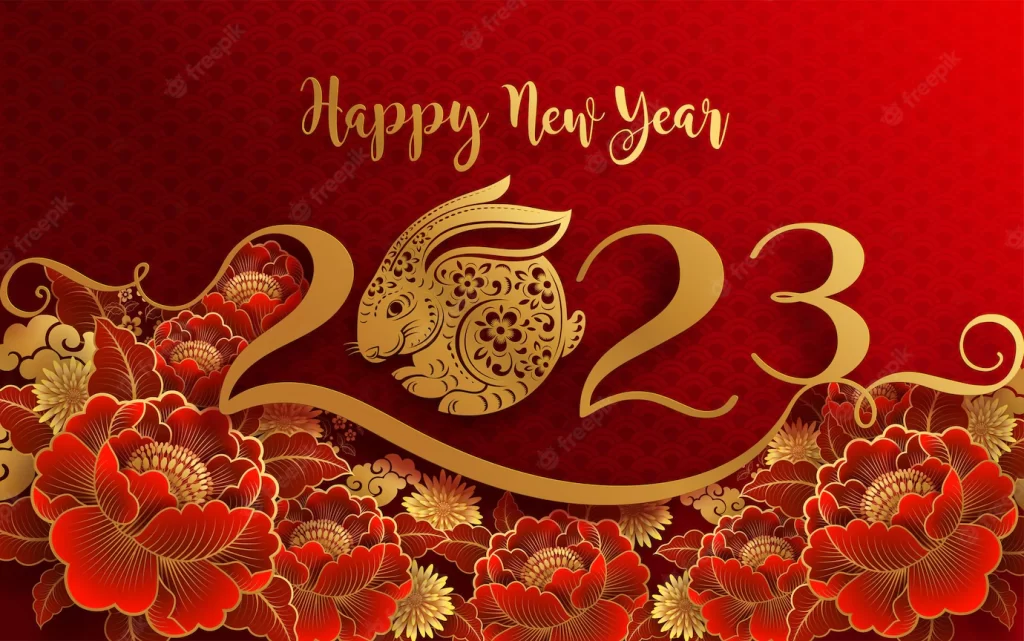
Many names call it, yet the celebration of the Lunar New Year in many Asian cultures remains the same. It is a holiday based on the lunar calendar, not the Western Gregorian calendar. The main difference is the Gregorian calendar is based on the Earth’s orbit around the sun, and the lunar calendar is based on the moon’s orbit around the Earth. As a result, this holiday is always celebrated on the second moon after the winter solstice. This year, it happens to be Wednesday, 29 January 2025. The cultures celebrating this fun holiday include Chinese, Japanese, Korean, and Vietnamese.
Because people from all over the world are now traveling to China, they asked me how this holiday was established and why it is called Spring Festival versus Chinese New Year in China. After all, isn’t China where the Chinese New Year began?
The origin of the Lunar New Year is most fascinating. Like most cultures, many traditions come from mythology and legends of unknown origin. But no matter which culture celebrates this holiday, they all tell the same story of its origin.
The story begins with a monster named Nian. Each year, Nian came down from the mountains or perhaps out from the sea into the village, ravaging the crops and devouring livestock and villagers. Nian especially enjoyed eating children.
To escape being eaten by the monster each year, villagers fled to visit relatives in other areas. However, one year later, an old man chose to remain at home. To protect himself and scare the monster away, he posted big red signs on the door and gate of his house, set off loud firecrackers, and wore a full-length red robe.
The old man’s efforts worked. When the villagers returned home, they were surprised the old man had survived. On the other hand, the monster Nian is so frightened that he never returns to the village. As a result, the village celebrated each year with red paper on the door, lit firecrackers, and wore new and red clothes. This tradition lives on to this day.
As to how Chinese New Year became known as Spring Festival, this story is equally if not even more interesting to know. It all began in 1582 when Jesuit missionaries introduced the Western Gregorian calendar to China. By 1912, it had become the standard calendar used by the general population. China wanted to do everything Western, so it celebrated the January 1 New Year. In fact, in 1949, the Communist Party forbade the celebration of the traditional Chinese New Year.
However, by the 1980s, new Chinese leaders had a change of heart and allowed the celebration of the traditional Chinese New Year. In 1996, China established a weeklong vacation called Spring Festival, allowing people to travel home to their villages to celebrate the Lunar New Year. Today, it is the most significant movement of people for a holiday anywhere in the world.
Just for Fun:
1. Here’s a short news report about the mass exodus of city folks traveling to visit family during this holiday, called “China’s Spring Festival holiday rush starts” (also at http://www.youtube.com/watch?feature=player_embedded&v=uI4bLTWcxA0
Reminder: You still have time to get your act together for Chinese New Year within the two-week celebration period:
Happy Practicing!

Can’t take this article seriously when you tell me Japanese celebrate Chinese New Year.
Someone: You are correct, the Japanese typically celebrate the New Year on 1 January; however, historically it was also observed as the Chinese Lunar New Year celebration.
Several other Asian countries such as Korean, Thailand, Vietnam, etc don’t call it as Chinese New Year. They call it as LUNAR New Year. Japan used to celebrated it, but they stopped late in 1980’s – I am not sure why.
I’d rather like to see everyone to called it LUNAR NEW YEAR as original.
We call [Lunar] New Year, New Year in Taiwan. 新年快樂!
Hello Joy: Thank you for sharing the name used in Taiwan to celebrate the Lunar New Year. As stated, this celebration is called many names. In Viet Nam, it’s called Tet. It is intended to be a cultural celebration to bring in the New Year, among all people who are of Chinese/Asian ancestry. It has no political ties.
It’s impressive that you are getting thoughts from this
article as well as froom our discussion made att this time.
It's great that you are getting considerations from this article just as from our conversation made at this time.